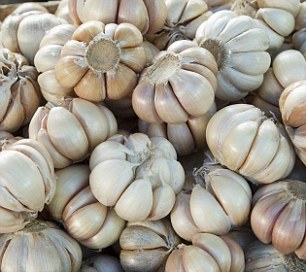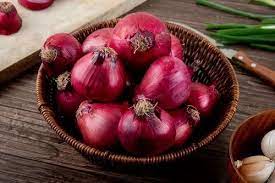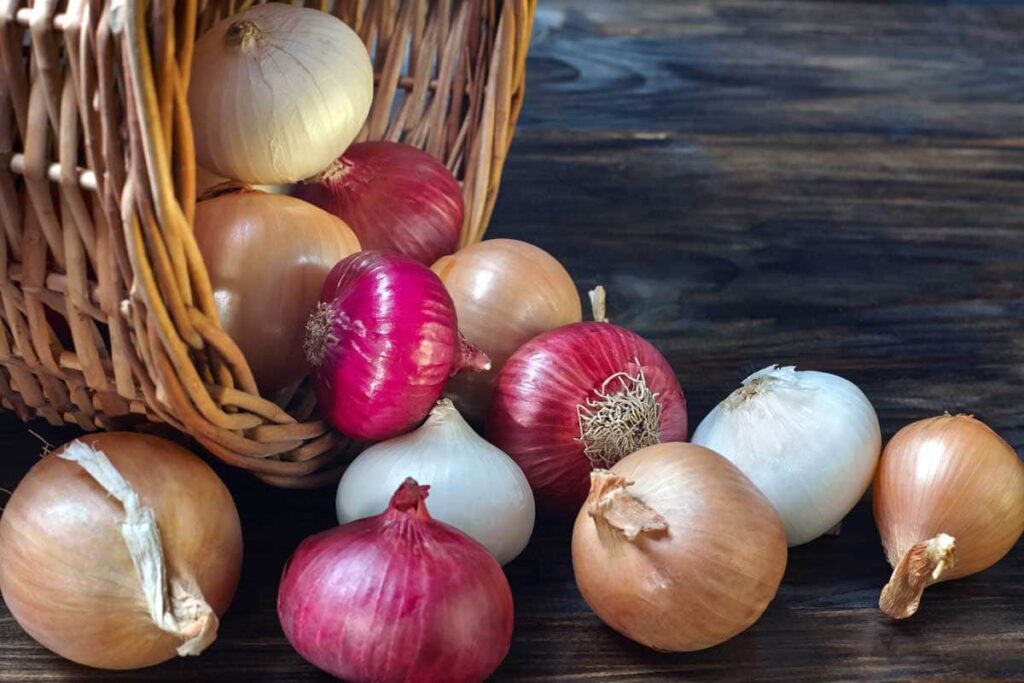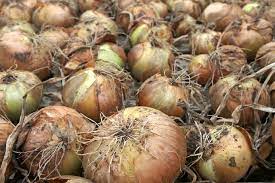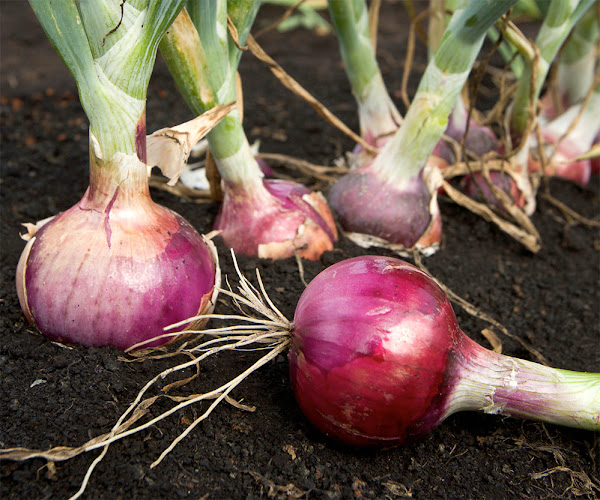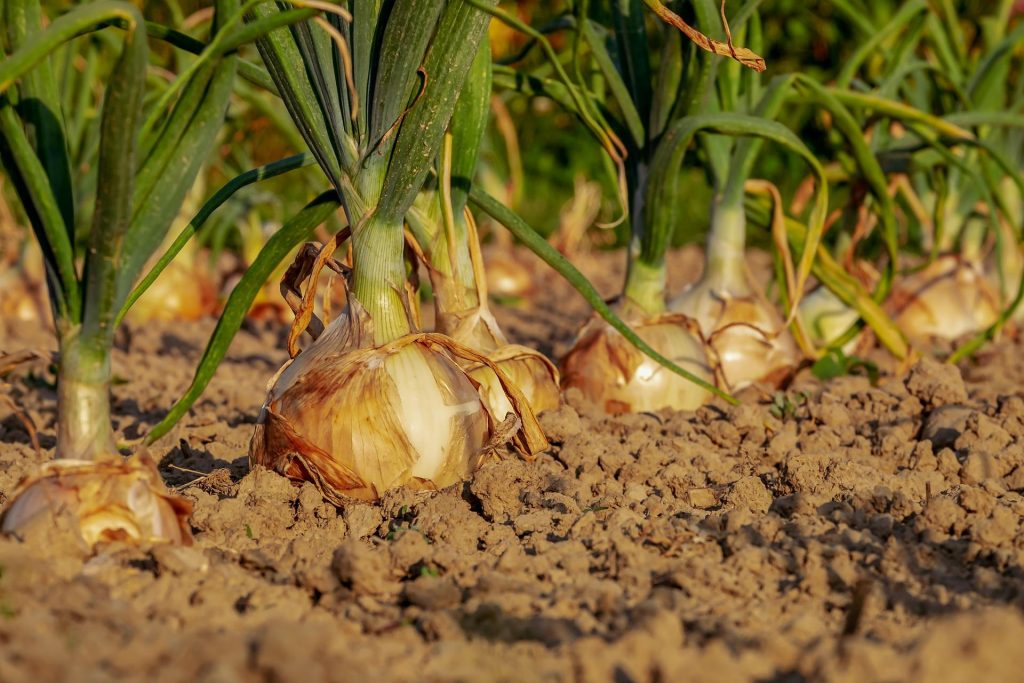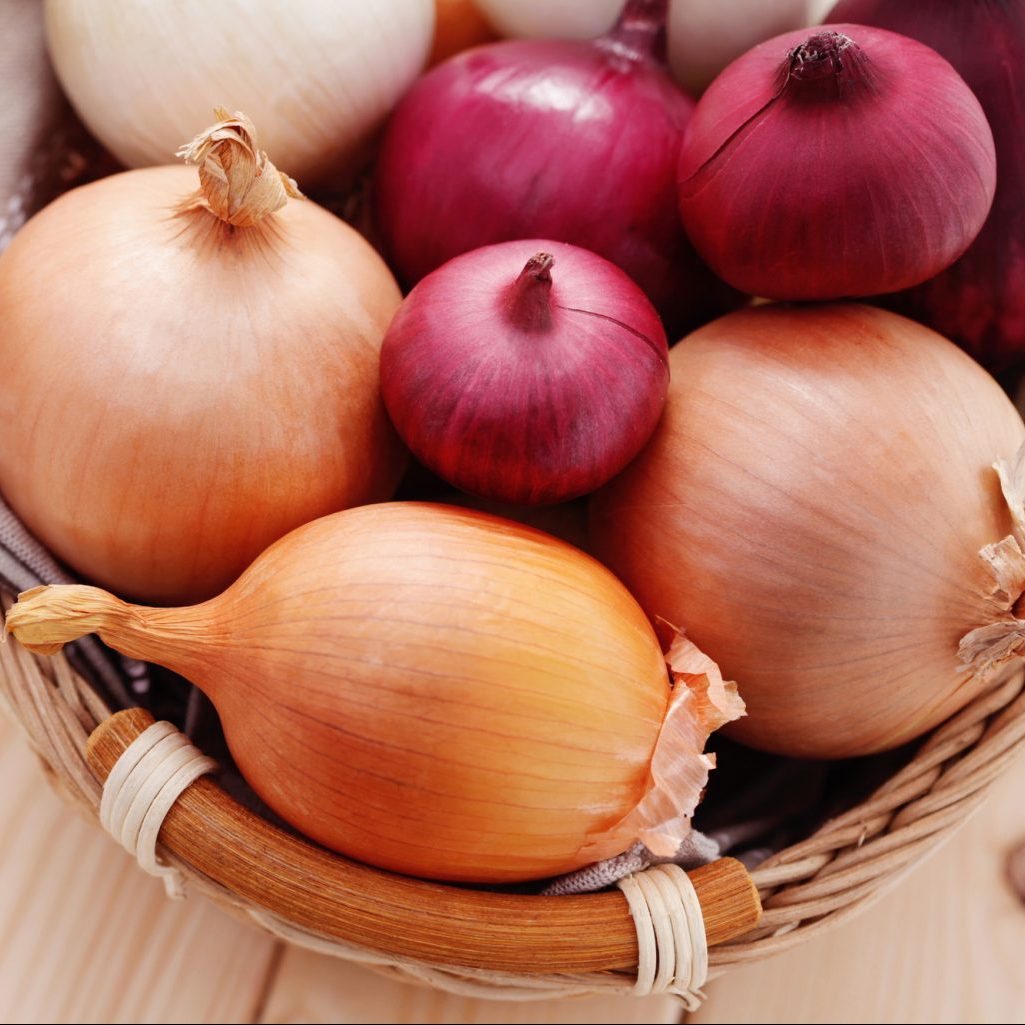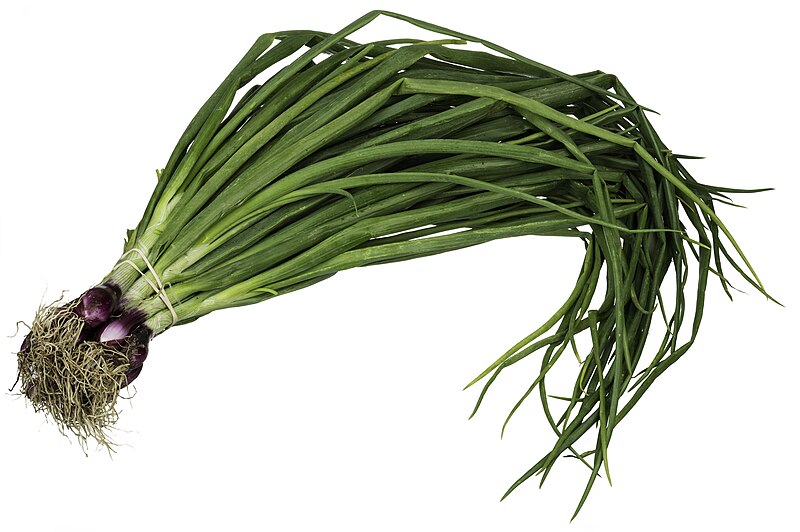The Power of Garlic Farming in Kenya: A Clove’s Potential
Are you in need of in-depth knowledge on onion and garlic production? If yes, we are a call away. Contact us for: Onion seedlings, Garlic seedlings, Germinated garlic cloves, Farm planning services, Soil testing, training on onion and garlic growing, Drip irrigation installation and maintenance, Agronomic support, Onion and Garlic value pack and Farm management. For free consultation, placing orders or booking a visit with an agronomist, please contact us via Call or what’s app +254703982228, Email: Info@oniondoctor.co.ke. You can also check out our social media handles for daily updates on TikTok: https://www.tiktok.com/@oniondoctorke?_t=ZM-8wmsTu0qumO&_r=1 Instagram: https://www.instagram.com/oniondoctorke?igsh=MTVoaHF3aWUydTJzaQ==Facebook:https://www.facebook.com/share/16SwgYn2dG/ Youtube:https://youtube.com/@oniondoctorke?si=u5Jnd-r0qU9UDYqL and Twitter: https://x.com/OnionDoctorKe?t=FR3JXlS_oN1vjjUgAtfyzg&s=09 Garlic, the humble yet potent bulb, is more than a culinary delight. It’s a superfood, packed with numerous health benefits and a thriving market demand in Kenya. We delve into the world of garlic farming, exploring its health advantages, market prospects, ideal varieties, and the key factors for successful cultivation in Kenyan soil. Unveiling the Health Benefits of Garlic: Beyond the Kitchen Immune System Boost: One clove of garlic is your secret weapon against colds and flu, as it fortifies your immune system, enhancing your body’s natural defense mechanisms. Antioxidant Powerhouse: Garlic contains essential components like disulphide, sallycystein, and diallye, which act as antioxidants. These antioxidants reduce tumor size and slow down their growth, making garlic an ally in the fight against cancer. Guard Against Infections: Garlic helps combat various bacterial, fungal, and viral infections, from recurrent yeast infections to cholera, acne, typhus, and even candida albicans. It’s a natural remedy for wound treatment and many other ailments. Heart Health and Blood Pressure Regulation: Garlic’s heart-protective properties are well-documented. It aids in preventing heart conditions and effectively regulates hypertension. Aphrodisiac Properties: Garlic is known to possess aphrodisiac properties, making it useful in the treatment of impotence. Market Potential: The Lucrative Garlic Farming Venture Peak Demand Months: The demand for garlic reaches its zenith during the months of May, June, July, August, and September. During this period, a kilo can fetch anywhere between KSh. 300 and KSh. 400. Stable Pricing: In the months from December to January, when demand stabilizes, prices typically decrease to around Sh 150 to 200. Varieties: Choosing the Right Garlic Type Soft-Neck Garlic: The most popular variety, characterized by a white, paper-like skin, and a fairly strong taste with a pungent aroma. Includes sub-varieties like Creole, California Early, and California Late. Hard-Neck Garlic: Identified by tan and purple markings, this variety produces larger cloves but in smaller quantities. It doesn’t store as well as soft-neck garlic and includes varieties like Roja and German Extra Hearty. Elephant Garlic: Known for its large head and enormous cloves. Possesses a milder flavor and a less pungent odor compared to the other garlic types. Garlic is known to prevent colds and flu as eating one clove of garlic boosts the immune system; hence, strengthening the natural defense of one’s body. Ideal Growing Conditions: The Garlic’s Home Climate for Success: Garlic thrives at medium to high altitudes, typically ranging from 500 to 200 meters above sea level. It requires high temperatures of around 30ºC for proper bulb development. Temperature Considerations: While cooler temperatures are preferable during the initial growth stages, the ideal temperature for garlic cultivation ranges between 12-24ºC. Managing Rainfall: Garlic is sensitive to excessive rainfall and humidity, which can hinder its growth and bulb formation. Therefore, areas with lower rainfall, supplemented with irrigation during the initial phase, are ideal for cultivation. The Right Soil: A Crucial Foundation pH Levels: Garlic thrives in soils with a pH ranging from 5.5 to 6.8. It doesn’t perform well in waterlogged or clayey soils. Soil Preparation: Ensure the soil is loose, well-aerated, and free from rocks and plant debris. Mix the soil with organic manure before planting to encourage optimal bulb formation. Market Garlic farming is a lucrative venture with the demand for the crop peaking in the months between May, June, July, August, and September where a kilo cost anywhere between KSh. 300 and KSh. 400. When the demand is stable from December to January, the prices decline to around Sh 150 to 200. The three main varieties that do well in Kenya include soft-neck, hard-neck and elephant types of garlic. Soft-neck is the most popular and characterizes by a white, paper-like skin with a fairly strong taste and pungent smell. It is one of the easiest variety to grow. Soft-neck has varieties like Creole, California Early, and California Late. Hard-neck characterizes with a tan and purple markings. It is a variety that produces bigger and fewer cloves on each head. However, hard-neck does not store well for longer durations like in the case of soft-neck. Hard-neck has varieties such as Roja and German Extra Hearty. Elephant garlic is characterized by a large head and huge cloves. Moreover, it possesses a subtle flavor with a mild odor as compared to the first two types of garlic. Climatic conditions Garlic farming performs well in medium to high attitudes of 500- 200 Metres above sea level. Additionally, garlic requires high temperatures of 30ºC to aid in proper bulb development. However, during the preliminary stages, cooler temperatures are preferred as they assist in vegetative growth needed for plant establishment. For this reason, ideal temperatures for growing garlic range between 12-24ºC. It is worth noting that excess rains and humidity is bad for garlic’s vegetative growth as well as bulb formation and as such the crop will perform well in areas with low rainfall possibly substituted with irrigation during the initial phase when water requirement is utmost. Soils Garlic planting needs a ground with a pH ranging from 5.5 to 6.8. For this reason, garlic growing is suitable in most Kenyan grounds provided that they drain as well as the crop performs poorly in water-logged soils. Farmers should avoid garlic growing in clay soils as much as possible as it hinders the enlargement of the bulbs. Furthermore, you need to ensure that the soil is well prepared with loose and airy depths of up to 6 – 8 inches and needs to be dry and without any rocks and plants debris. To ensure optimum yield, mix the soil with
